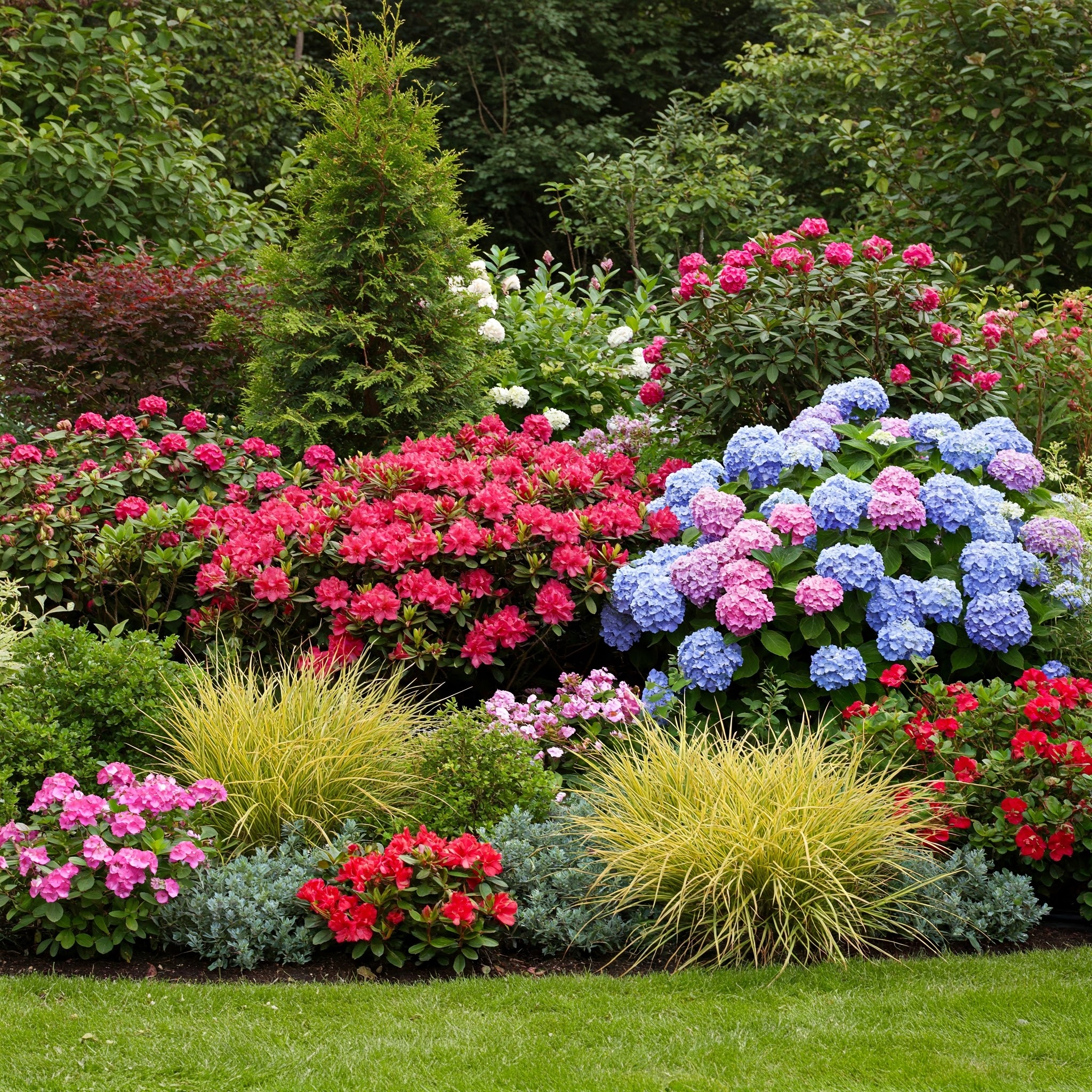My backyard trees, a small oasis of green amidst the urban jungle, is home to a diverse community of trees. Each one, a silent sentinel, plays a vital role in the microclimate of this little corner of the world, contributing to the air quality, providing shade and shelter, and even influencing my mood.
This blog post will take you on a journey through my backyard, introducing you to the fascinating inhabitants of this leafy realm and exploring the scientific wonders they offer.
1. The Majestic Oak
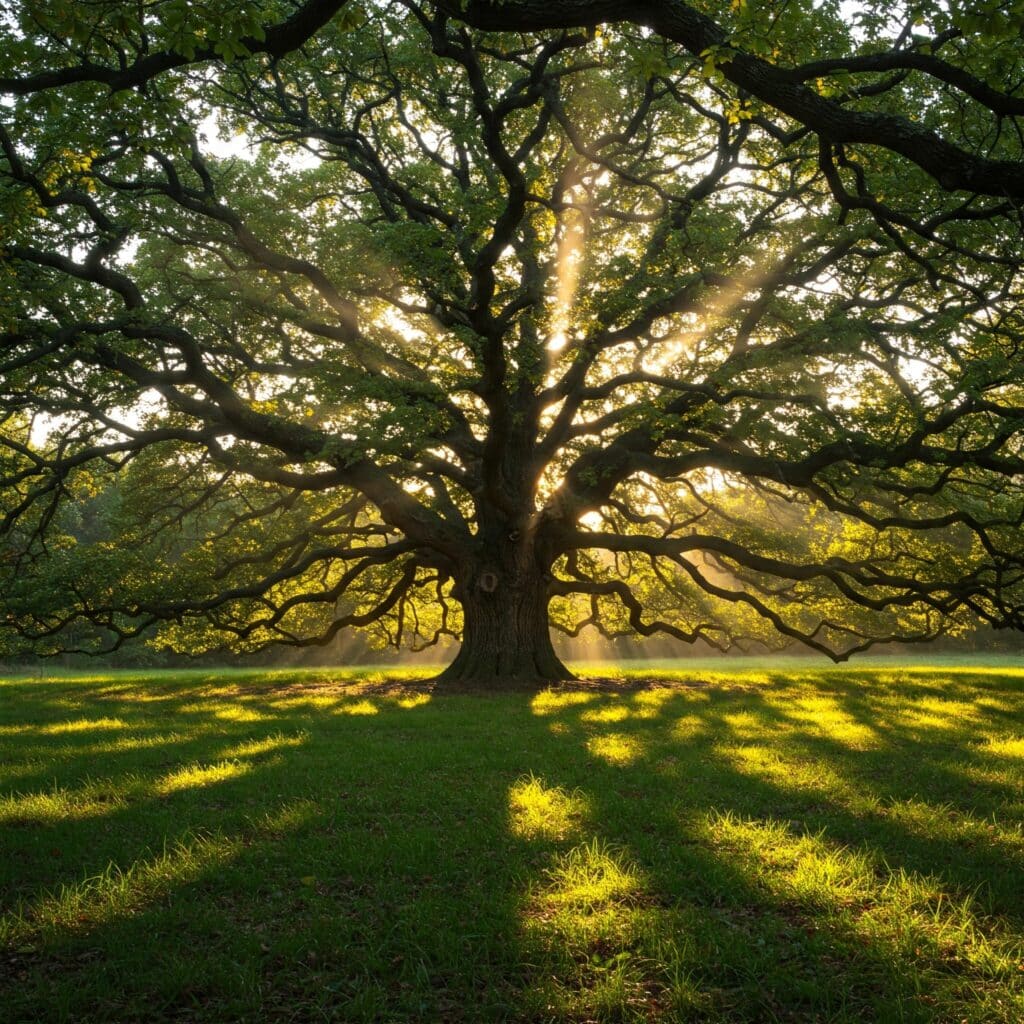
- Species: Quercus robur (English Oak)
- Features: This majestic oak is the undisputed king of my backyard. Its broad, spreading canopy provides ample shade during the scorching summer months, offering a much-needed respite from the heat. The deep green leaves create a dense, cool haven below, perfect for a picnic or a quiet afternoon reading.
- Scientific Wonders: Oaks are renowned for their longevity and their vital role in supporting biodiversity. They provide food and shelter for a wide range of wildlife, from squirrels and birds to insects and fungi. The oak’s deep root system helps to stabilize the soil, preventing erosion and improving drainage.
2. The Elegant Maple
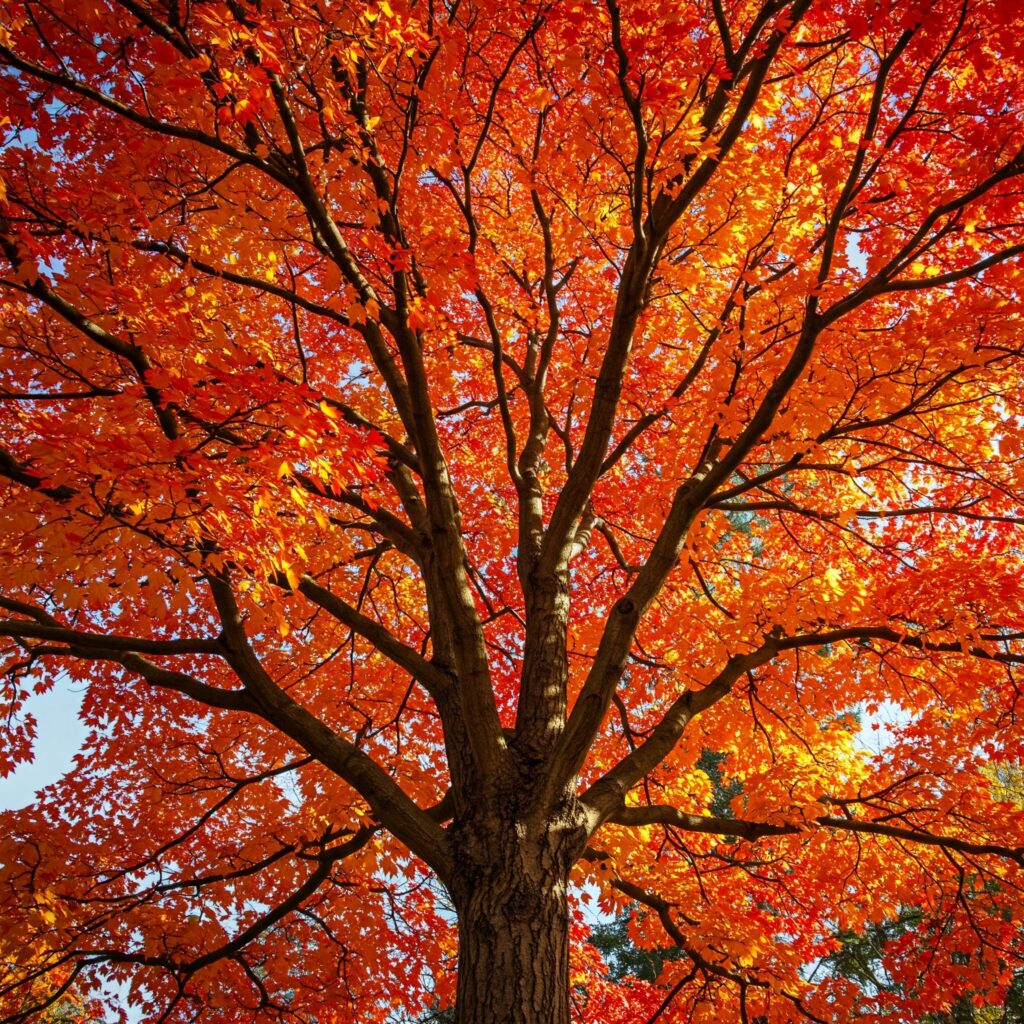
- Species: Acer platanoides (Norway Maple)
- Features: The Norway Maple is a striking tree with its smooth, gray bark and its distinctive palmate leaves. In autumn, it transforms into a blaze of color, its leaves turning shades of vibrant yellow, orange, and red.
- Scientific Wonders: Maples are known for their efficient water uptake and their ability to improve air quality. Their leaves absorb pollutants from the atmosphere, helping to purify the air we breathe. The maple’s sap is also a valuable resource, used to produce maple syrup.
3. The Resilient Birch
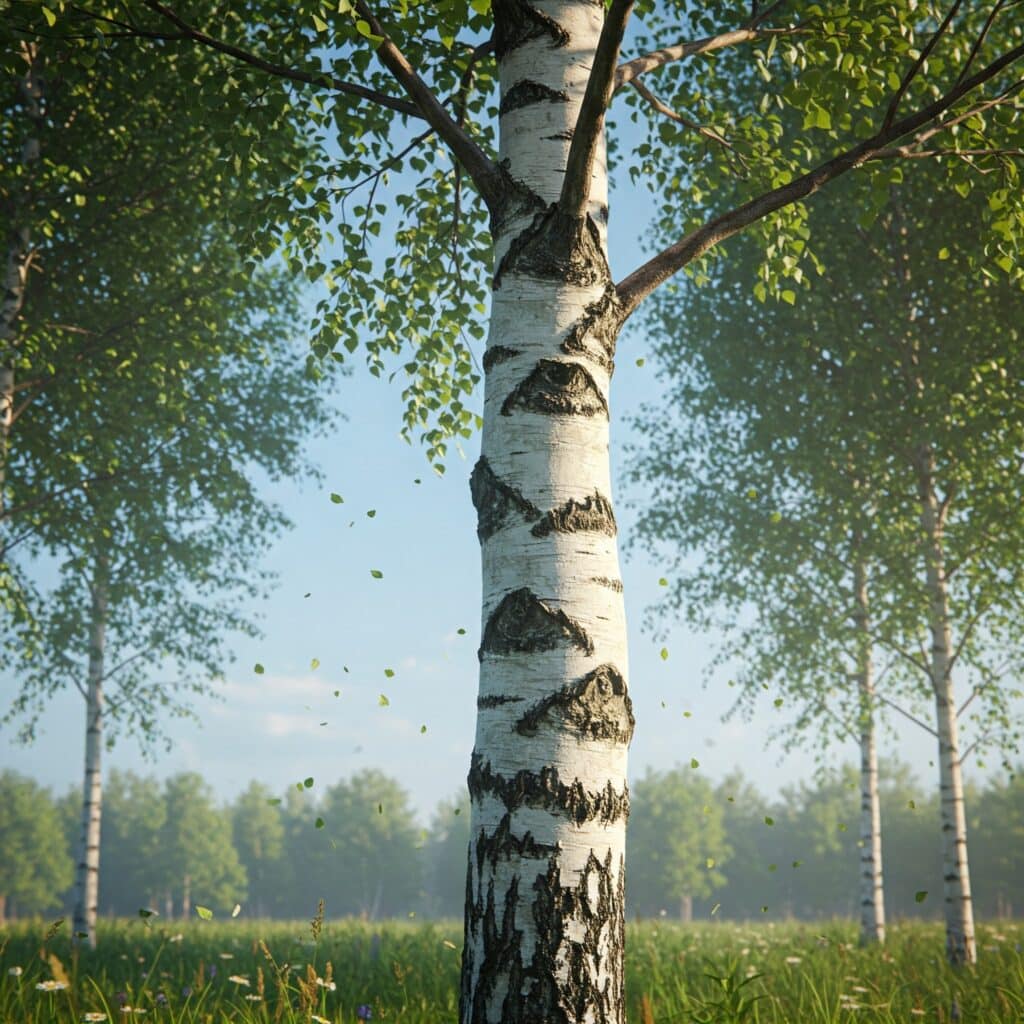
- Species: Betula pendula (Silver Birch)
- Features: The Silver Birch is a graceful tree with its slender trunk and its delicate, triangular leaves. Its bark, a silvery white, peels away in papery layers, adding to its visual appeal.
- Scientific Wonders: Birches are highly adaptable trees, thriving in a variety of soil conditions. They are also known for their allelopathic properties, meaning they release chemicals that can inhibit the growth of other plants around them.
4. The Fragrant Linden
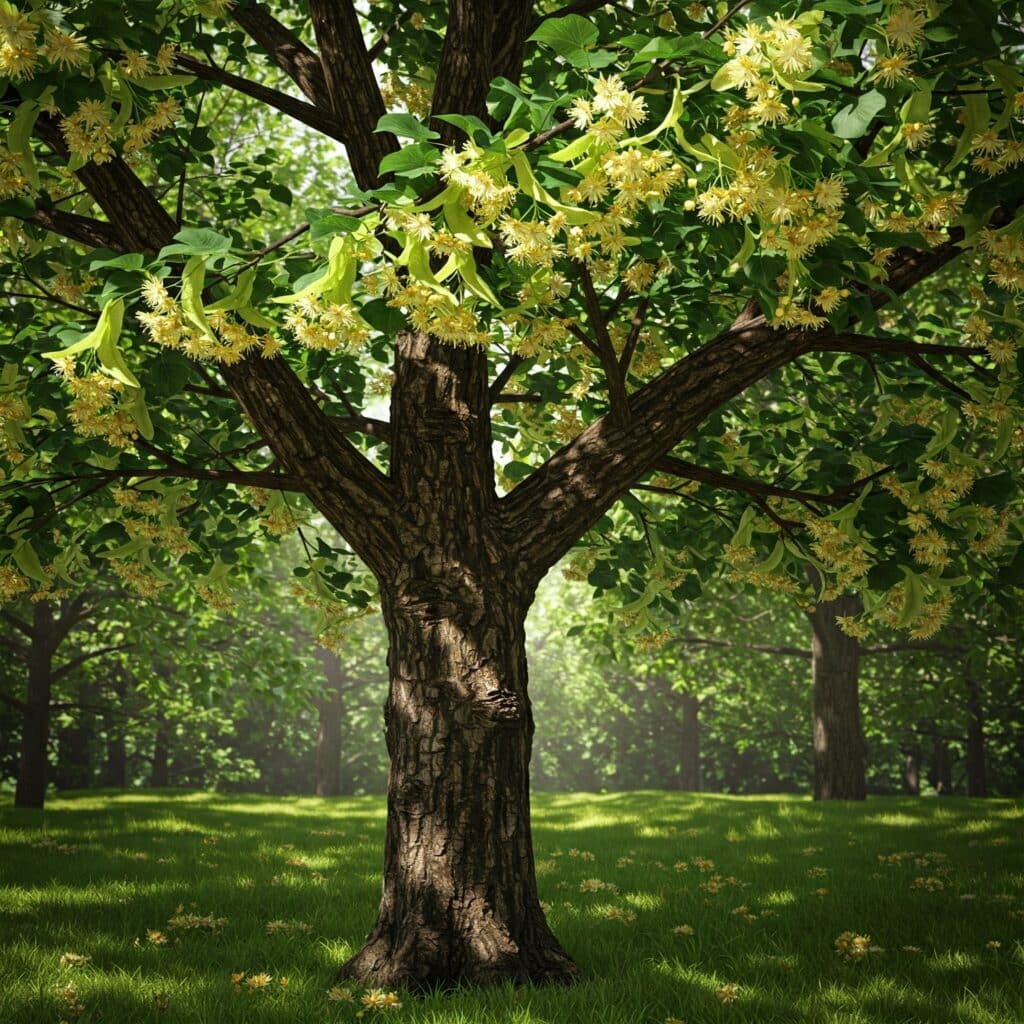
- Species: Tilia cordata (Small-leaved Linden)
- Features: The Linden tree is a fragrant beauty, its heart-shaped leaves releasing a sweet aroma, particularly in the evening. It is a popular choice for urban plantings due to its tolerance for pollution and its ability to attract pollinators.
- Scientific Wonders: Linden trees are a valuable source of nectar for bees and other pollinators, playing a crucial role in supporting local ecosystems. Their wood is also used for carving and other woodworking projects.
5. The Everlasting Pine
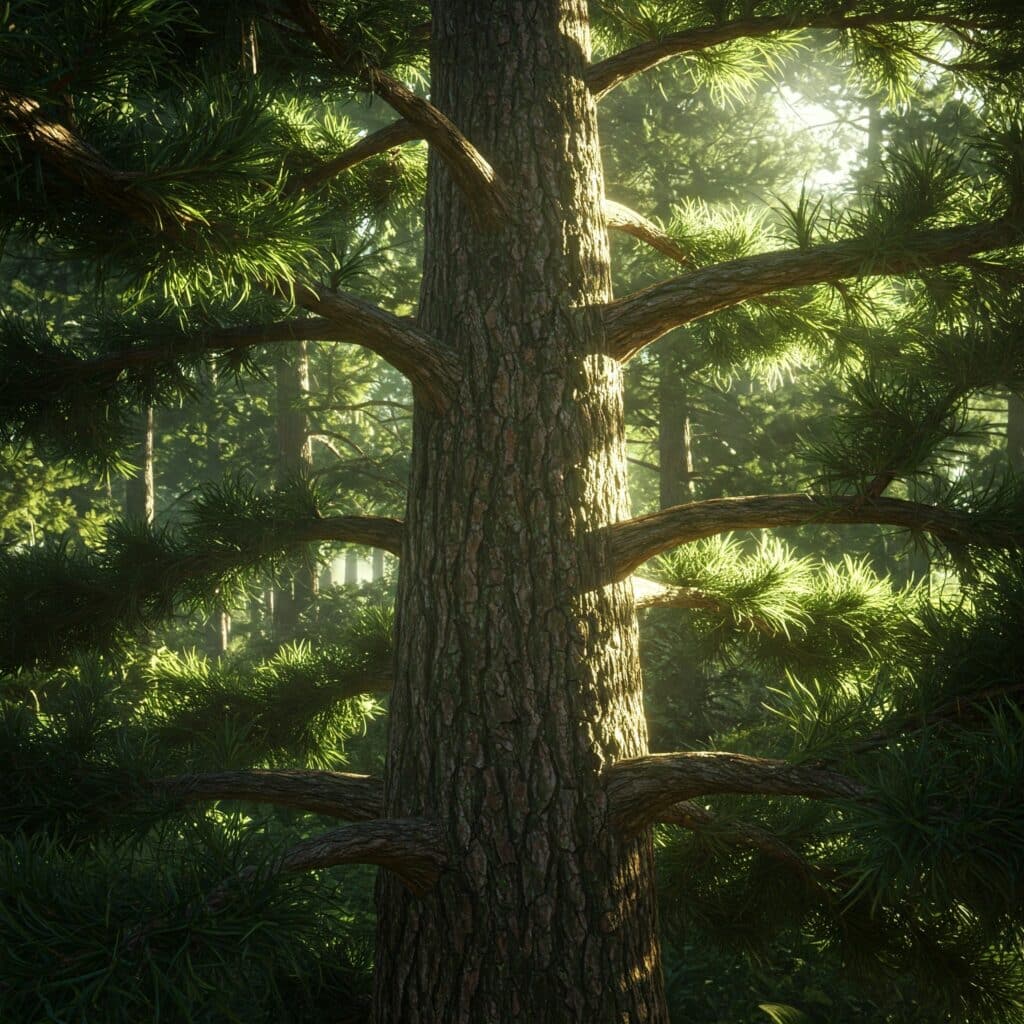
- Species: Pinus sylvestris (Scots Pine)
- Features: The Scots Pine is an evergreen conifer, its dense needles providing year-round shelter and a sense of permanence. It is a hardy tree, well-suited to colder climates, and its presence adds a touch of rugged beauty to the landscape.
- Scientific Wonders: Pines are important sources of timber and resin, and they play a crucial role in preventing soil erosion. Their needles decompose slowly, enriching the soil with nutrients and creating a favorable environment for other plants.
The Impact of Trees on Human Well-being
The presence of trees in my backyard has a profound impact on my well-being.
Improved Air Quality
Trees act as natural air purifiers, absorbing pollutants from the atmosphere and releasing oxygen. Studies have shown that spending time in nature can significantly improve lung function and reduce respiratory problems.
Reduced Stress and Improved Mood
The sight and sound of trees can have a calming effect on the mind and body. Research has demonstrated that spending time in nature can reduce stress levels, lower blood pressure, and improve overall mood.
Enhanced Cognitive Function
Studies have shown that spending time in green spaces can enhance cognitive function, improve memory, and increase creativity.
Increased Physical Activity
Having a backyard with trees can encourage physical activity, such as walking, running, or simply relaxing in the shade.
Conclusion
My backyard, with its diverse collection of trees, is more than just a patch of green; it is a haven for both wildlife and human well-being. Each tree, in its own unique way, contributes to the health and vitality of this small ecosystem, providing shade, shelter, and a sense of tranquility.
By appreciating the beauty and the ecological importance of these magnificent plants, we can deepen our connection to nature and cultivate a greater respect for the natural world.
